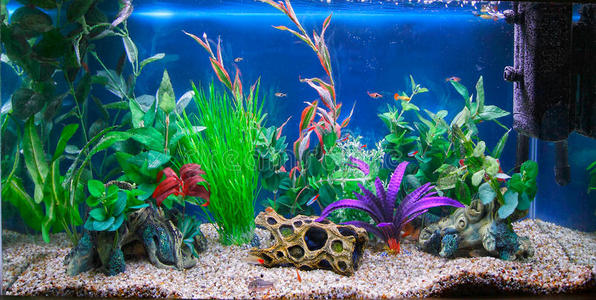Submersible pumps are essential tools in various industries, but they can fail due to several common issues. Understanding these causes and taking preventive measures can help extend the lifespan of your pump and minimize downtime.
1. Clogging
Clogging is one of the most frequent causes of submersible pump failure. Debris, sand, or other foreign materials can get stuck in the impeller or suction screen, reducing efficiency and potentially causing blockages. To avoid this:
- Regular Cleaning: Inspect and clean the pump and its components regularly to remove debris.
- Install Filtration: Use appropriate filters or screens to prevent large particles from entering the pump.
2. Electrical Problems
Electrical issues such as insufficient voltage, faulty wiring, or power surges can lead to motor overheating and burnout. To prevent these problems:
- Proper Installation: Ensure the electrical connections are correctly installed and grounded.
- Regular Inspections: Check electrical components for wear and replace any damaged parts.
- Surge Protection: Use surge protectors or voltage regulators to protect against power fluctuations.
3. Overloading
Operating the pump beyond its specified capacity can strain the motor and impellers, leading to premature wear and failure. To avoid overloading:
-Correct Sizing: Ensure the pump is properly sized for the application.
- Monitor Load: Keep an eye on the system’s requirements and adjust as necessary.
4. Mechanical Wear and Tear
Components such as seals, bearings, and impellers wear down over time, especially in high-demand applications. To mitigate this:
- Regular Maintenance: Replace worn-out components promptly.
- Lubrication: Ensure proper lubrication of bearings and other moving parts.
5. Cavitation
Cavitation occurs when the pressure of the liquid being pumped drops below its vapor pressure, forming and collapsing vapor bubbles. This can erode impellers and reduce efficiency. To prevent cavitation:
- Proper Suction Conditions: Ensure the pump is installed at the correct depth and that the suction line is free of obstructions.
- Adjust Impellers: Modify impellers if necessary to handle the specific conditions.
6. Water Quality
Impurities in the water, such as sand or chemicals, can cause corrosion and erosion of pump components. To address this:
- Filtration: Install water filtration systems to remove contaminants.
- Regular Cleaning: Clean the pump and its components to prevent buildup.
7. Incorrect Installation
Improper installation can lead to misalignment, airlocks, and mechanical stress, which can damage the pump. To ensure proper installation:
- Follow Guidelines: Adhere to the manufacturer’s installation instructions.
- Professional Help: Consider hiring a professional for installation to avoid errors.
8. Environmental Factors
Extreme temperatures or exposure to corrosive chemicals can damage pump components. To protect against these factors:
- Protective Coatings: Use corrosion-resistant materials or coatings.
- Temperature Control: Ensure the pump operates within its specified temperature range.
9. Human Error
Mistakes during installation, operation, or maintenance can lead to pump failure. To minimize human error:
- Training: Provide adequate training for operators and maintenance personnel.
- Standard Operating Procedures: Implement clear guidelines for pump operation and maintenance.
Preventing submersible pump failures requires a combination of proper installation, regular maintenance, and awareness of common issues. By addressing these factors, you can extend the lifespan of your pump and ensure reliable performance. Regular inspections and proactive maintenance are key to identifying and resolving potential problems before they lead to costly repairs.
If you want to learn more about this, please contact our website https://www.jingyeaquarium.com/.
Post time: Mar-27-2025

